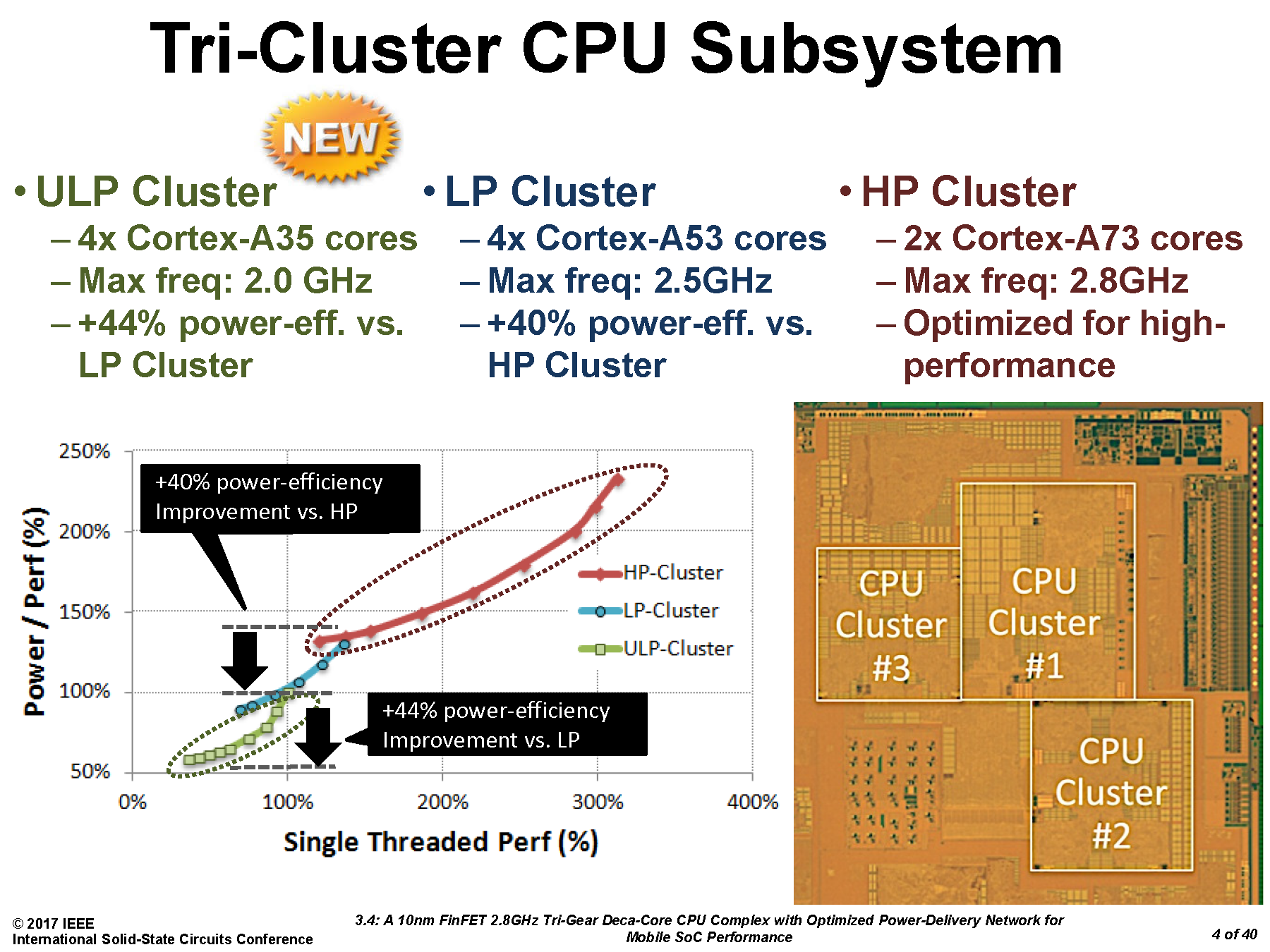IntelUser2000
Elite Member
- Oct 14, 2003
- 8,686
- 3,787
- 136
But Intel wants to keep the PCH on their older process to protect their profit margins, and Apple get an inferior product as a result.
Perhaps this is a sign of complacency. Some risks are involved in doing anything. Netburst, while very risky in terms of circuit design, brought very innovative concepts. Eventually I believe this led to their success with Core chips. Then they went completely opposite. I wonder if their 6-series chipset bug has to do with it as well? Imagine having to recall CPUs, rather than just chipsets. Fixing that would be a pain. Maintaining the right balance would be the key to success.
Actually they are on Pentium tier levels. The problem is that is not scalling well.
I think Apple in a few years will be able to do just that.




